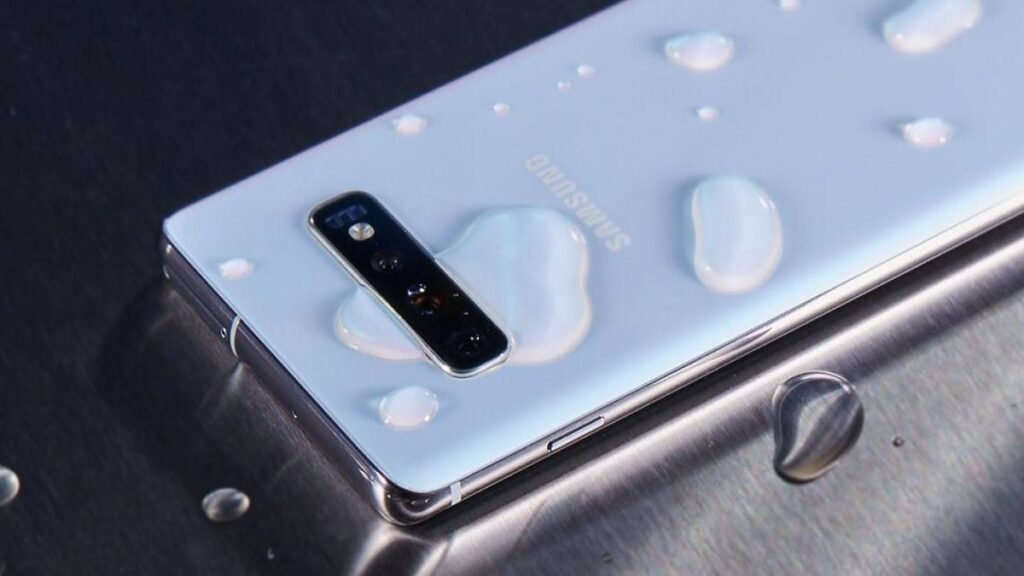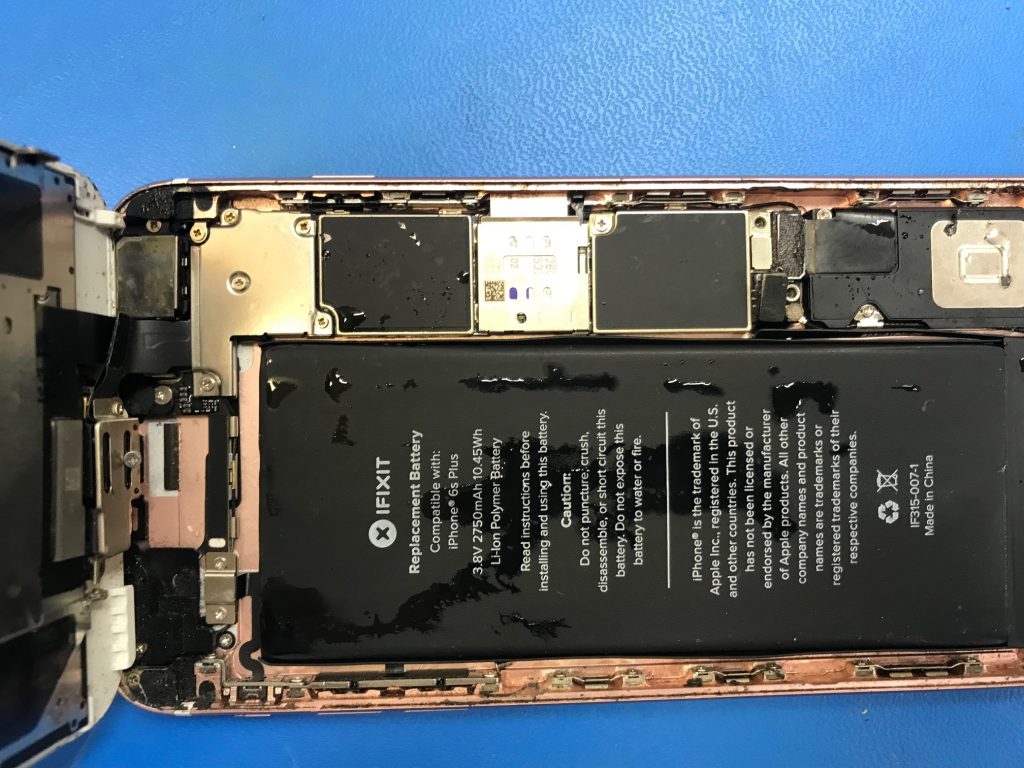What is an IP Rating and What it Measures, How it’s Rated, Who Defines it, Why it’s Important, and How it Can Degrade
Introduction to IP Ratings
You’ve probably seen a gadget or piece of equipment labeled with something like “IP68,” but have you ever wondered what it really means? An IP rating, short for “Ingress Protection,” provides a standardized way to measure how well an object is protected from dust and water. Let’s dive into what these ratings truly represent and why they matter.
What Does IP Rating Stand For?
IP stands for “Ingress Protection,” which essentially describes the level of protection a device has against solid and liquid intrusions. These ratings are internationally recognized, making them a universal language of durability.

Overview of Ingress Protection (IP) Standards
The IP standards were created to help consumers and industries understand how resilient a device is under specific environmental conditions. Whether it’s a smartphone, outdoor camera, or heavy machinery, IP ratings are the benchmark for durability.
What Does an IP Rating Measure?
IP ratings consist of two digits. The first measures protection against solids, and the second measures protection against liquids.
Protection Against Solid Objects (First Digit)
The first digit of an IP rating ranges from 0 to 6, indicating protection against objects like dust or fingers.
Common Examples of Dust Resistance
- IP0X: No protection at all.
- IP5X: Dust-protected, meaning some dust may enter but won’t harm the device.
- IP6X: Fully dust-tight, offering maximum protection.
Protection Against Liquids (Second Digit)
The second digit ranges from 0 to 9, focusing on protection from water.
Levels of Water Resistance in Devices
- IPX4: Splash-resistant.
- IPX7: Submersible up to 1 meter for 30 minutes.
- IPX9K: High-pressure, high-temperature water jet resistance.
How IP Ratings are Determined
IP ratings aren’t assigned randomly. Devices undergo rigorous tests to meet the standards ip rating for mobile phones.
Testing Procedures for IP Ratings
Solid Object Testing, To test for dust resistance, devices are exposed to environments filled with fine particles.

Liquid Resistance Testing, Water resistance tests involve submersion, spraying, or high-pressure exposure to determine the limits of the device.
Factors Affecting the Ratings
The quality of seals, materials used, and the design all play a role in achieving specific IP ratings.
Who Defines IP Ratings?
IP ratings are defined by the International Electrotechnical Commission (IEC), a global organization responsible for standardizing electrical and electronic products.
Adoption of IP Standards Across Industries
From consumer electronics to industrial machinery, IP ratings are essential for ensuring consistent quality and safety across various applications.
Why IP Ratings Are Important
Ensuring Durability in Consumer Electronics
Smartphones, smartwatches, and other gadgets need to withstand accidental spills and dusty environments, making IP ratings a critical factor.

Safety in Industrial Environments
For machinery operating in hazardous or extreme conditions, IP ratings ensure workers’ safety and equipment reliability.
IP Ratings and Outdoor Equipment
From outdoor lights to surveillance cameras, an appropriate IP rating guarantees durability against weather elements. ip rating for mobile phones
How IP Ratings Can Degrade Over Time
IP ratings aren’t permanent. Various factors can reduce their effectiveness.
Environmental Factors
Exposure to UV Radiation
Prolonged exposure to sunlight can weaken seals and coatings.
Impact of High Temperatures
Extreme heat can cause warping, reducing the protective integrity.
Wear and Tear
Physical Damage to Seals
Cracks or breaks in seals can compromise protection.
Aging of Protective Coatings
Over time, protective layers can erode, leaving devices vulnerable.
Choosing the Right IP Rating
Not all IP ratings are created equal. It’s essential to match the rating to your specific needs.
IP Ratings for Everyday Electronics
For most people, IP67 or IP68 devices are sufficient for daily use.
High-Risk Applications: When Maximum Protection is Needed
For industrial or marine environments, higher ratings like IP69 are necessary for optimal safety and performance.

